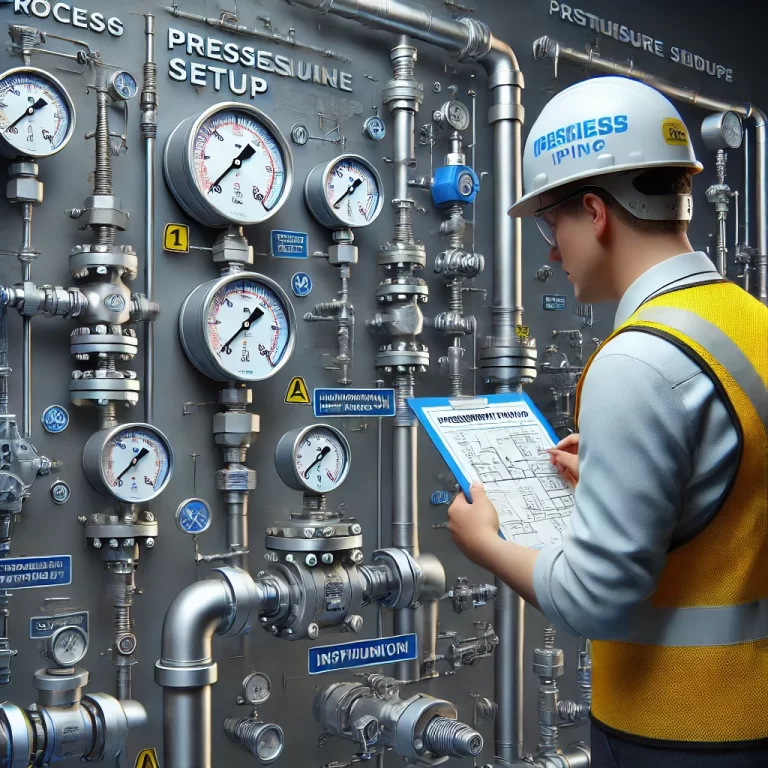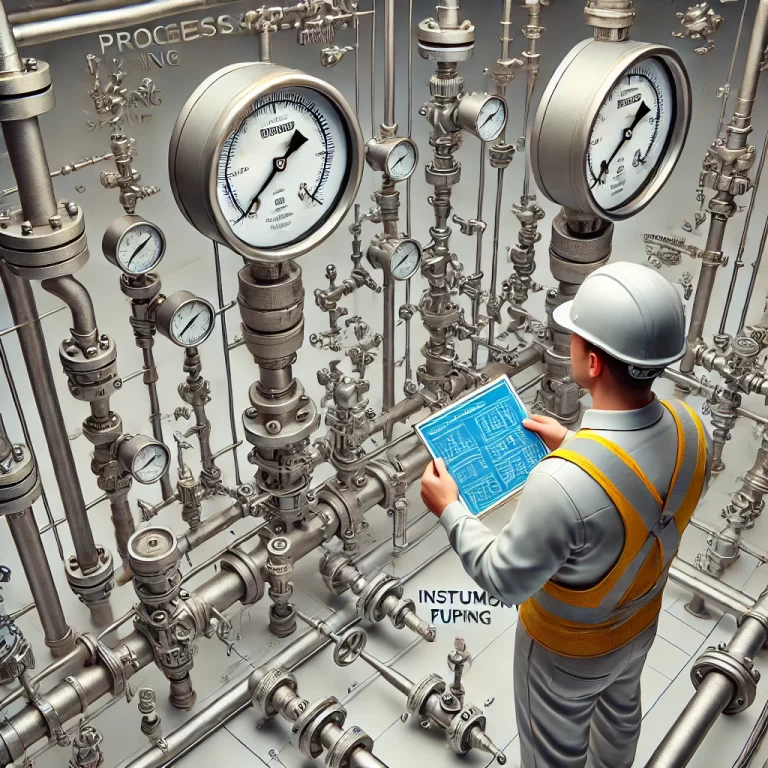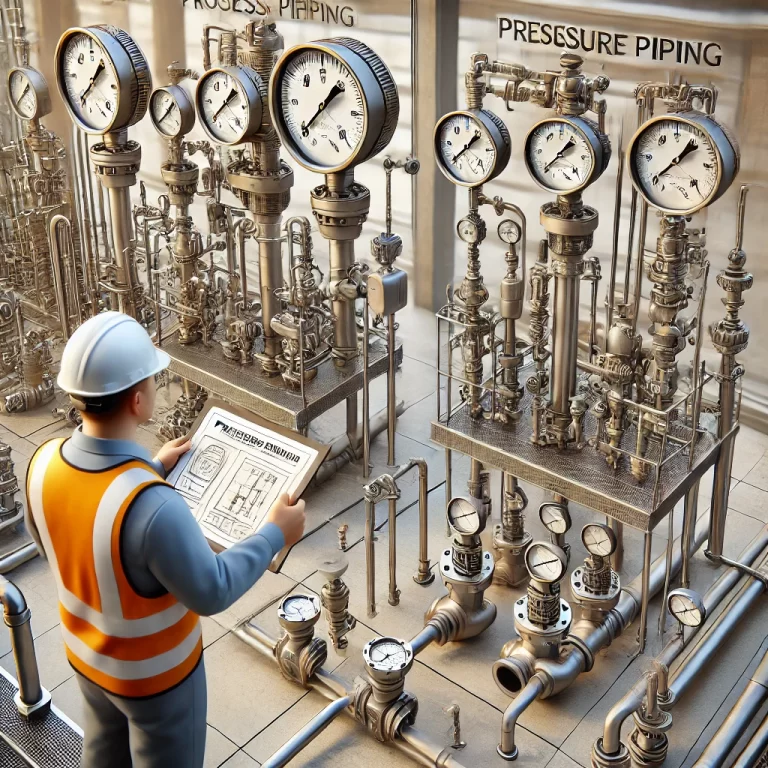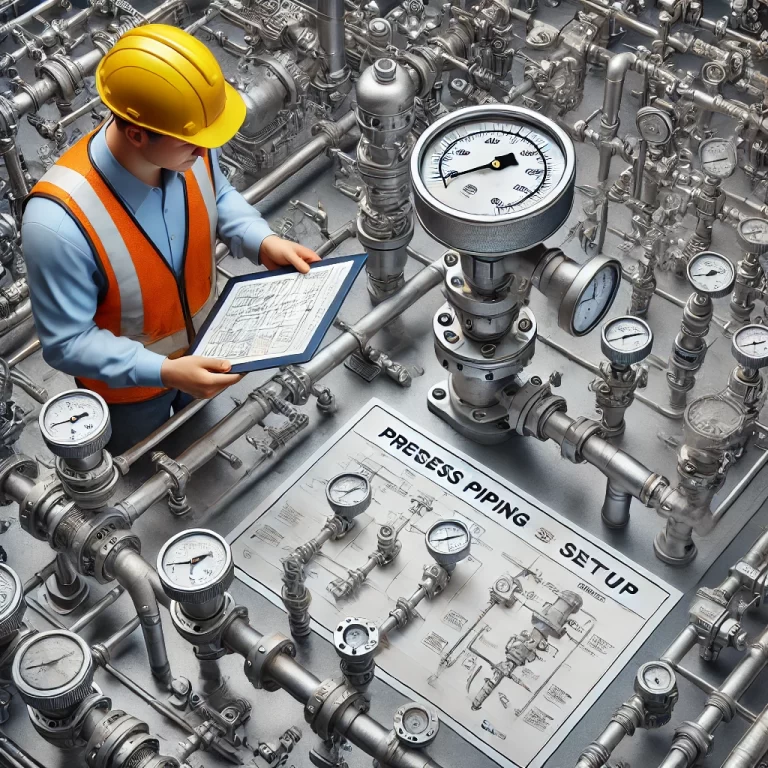In industrial engineering and piping system design, it is essential to understand the differences and relationships among four key pressure parameters: Nominal Pressure (PN), Working Pressure (PT), Design Pressure (PE), and Test Pressure (PS). Though they are all related to pressure, each serves a distinct function and applies to different stages of engineering design, installation, and operation.

1. Nominal Pressure (PN)
Definition:
Nominal Pressure (PN) is a reference pressure rating used primarily for the standardization and classification of piping components such as valves, flanges, fittings, and accessories. It represents the pressure that a component can safely withstand at a reference temperature, typically under standard conditions.
Key Features:
PN is not the actual operating pressure but a designation indicating the component’s mechanical strength.
Expressed in megapascals (MPa) or as “PN” followed by a number, e.g., PN10 = 1.0 MPa.
It serves as a simplified indicator for selecting compatible pipeline elements.
Reference Temperatures by Material:
| Material | Reference Temperature |
|---|---|
| Cast Iron, Copper | 120°C |
| Carbon Steel | 200°C |
| Alloy Steel | 250°C |
| Plastics (PVC, PE) | 20°C |
Temperature Correction:
When the actual operating temperature differs from the reference temperature, PN should be adjusted using material-specific temperature correction factors to ensure safety.
Application Note:
PN ratings are mainly used for the standardized selection of components and not directly for pipe design calculations.

2. Working Pressure (PT)
Definition:
Working Pressure (PT) refers to the maximum pressure a system is expected to experience during normal operation at its designated working temperature.
Key Characteristics:
It is the real, everyday operating pressure.
Does not include pressure fluctuations such as surges or water hammer.
Expressed in MPa or bar.
Often specified by system designers or end users.
Application:
PT is essential in selecting materials, pipe wall thickness, and protective devices like pressure relief valves.
3. Design Pressure (PE)
Definition:
Design Pressure (PE) is the maximum internal pressure that the system components are expected to endure under the worst-case operating conditions, including pressure surges and transients.
Key Principles:
PE ≥ PT (must not be lower than the working pressure).
Usually includes a safety margin to account for transient effects like water hammer or thermal expansion.
Used as a calculated basis for wall thickness, flange ratings, and weld strength.
Example:
For a water supply pipeline, the design pressure might equal the sum of the working pressure and residual water hammer pressure:
PE = PT + surge pressure

4. Test Pressure (PS)
Definition:
Test Pressure (PS) is the pressure applied to a pipe system or vessel during a hydrostatic or pneumatic test to ensure the integrity and tightness of the system before commissioning.
Typical Characteristics:
Always higher than design pressure, to verify the structural and sealing performance under overpressure conditions.
Applied during factory acceptance testing (FAT) or on-site pressure testing.
Generally set at 1.5 to 1.75 times the design pressure for hydrostatic tests.
Notation:
PS is the highest pressure the system is expected to endure, albeit briefly, under test conditions.
5. Relationship Between PN, PT, PE, and PS
| Pressure Type | Description | Typical Role | Relative Level |
|---|---|---|---|
| PS | Test Pressure | Integrity verification | Highest |
| PE | Design Pressure | Basis for structural design | Higher |
| PN | Nominal Pressure | Standardized classification | Reference |
| PT | Working Pressure | Actual system pressure | Operational |
General Rule of Thumb:
PE ≈ 1.5 × PT
PS > PE > PN > PT

6. Summary and Engineering Considerations
Understanding the distinctions between PN, PT, PE, and PS is crucial for:
Selecting suitable components and materials.
Ensuring system safety under both normal and extreme conditions.
Complying with engineering standards and regulatory codes.
Avoiding overdesign or unsafe underdesign.
When designing or reviewing piping systems, always refer to the applicable engineering codes (e.g., ASME, ISO, EN) and consider material-specific behaviors at different temperatures.
